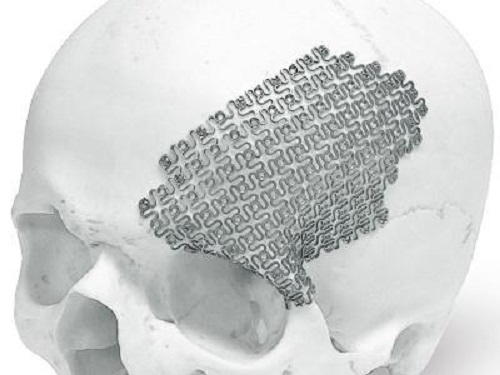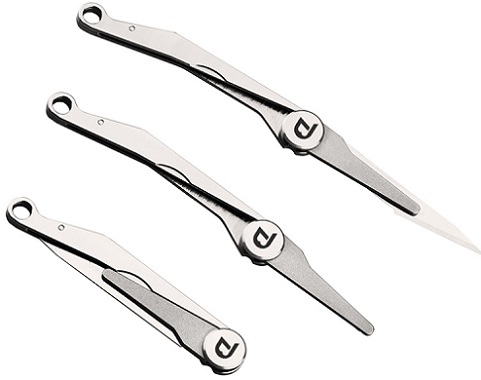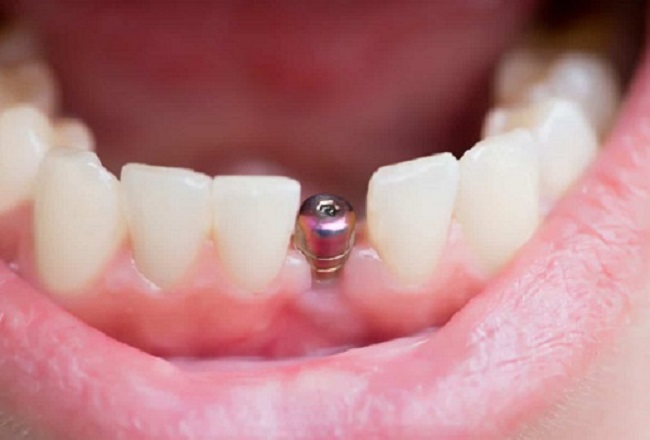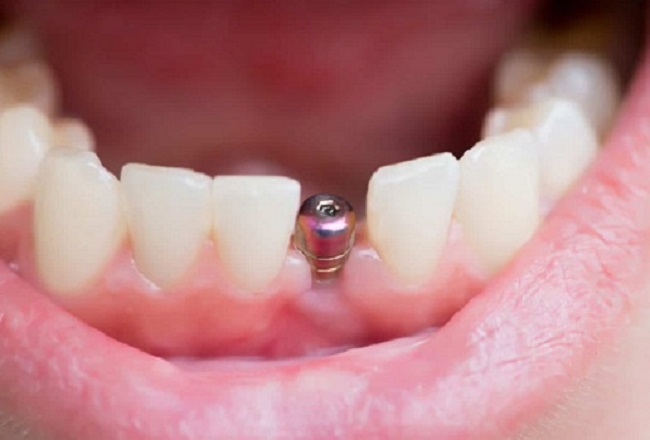Application of titanium alloy in facial treatment
When the human face is severely damaged, local tissue repair should be treated by surgical implantation. Titanium alloy has good biocompatibility and required strength, so it is an ideal material for facial tissue repair. The skull bracket made of pure titanium mesh has been widely used in the reconstruction of the humerus and has achieved good clinical results.

Application of titanium in the pharmaceutical industry
SAM®Titanium is mainly used in the pharmaceutical industry for making containers, reactors, and heaters. Equipment used in the production of pharmaceuticals is often exposed to inorganic acids, organic acids, and salts, such as hydrochloric acid, nitric acid, and sulfuric acid. Therefore, these devices are easily damaged by long-term corrosion. On the other hand, steel equipment will introduce iron ions that affect product quality.
These problems can be solved with titanium equipment. For example, a penicillin esterification kettle, a saccharification tank, a chloramphenicol thin film evaporator, a dimethyl sulfate cooler, a chemical liquid filter, all have precedents for selecting a titanium material.
Application of titanium in medical devices
In the history of the development of surgical instruments, the first generation of surgical instruments was mostly made of carbon steel, which was eliminated because the performance of carbon steel instruments after electroplating did not meet the clinical requirements. The second generation is austenitic, ferritic and martensitic stainless steel surgical instruments. However, due to the toxicity of chromium in the stainless steel composition, the chrome-plated layer has a certain influence on the human body. Therefore, the third generation–titanium surgical instrument appeared.

The lightweight and high strength of titanium make it particularly suitable for microsurgery. Titanium has the advantages of corrosion resistance, good elasticity, and no deformation; even after repeated cleaning and disinfection, the surface quality of titanium is not affected; titanium is non-magnetic and does not pose a threat to tiny, sensitive implanted electronic devices. These advantages make the application of titanium surgical instruments more and more extensive. At present, titanium has been used to make surgical blades, hemostats, scissors, electric drills, tweezers and so on.
Application of titanium and titanium alloys in dentistry
Metals used in dental surgery began with amalgams and metal crowns in the 1920s. In the 1960s, gold, silver, and palladium alloys were mainly used. After the 1970s, stainless steel became the most commonly used material for permanent and detachable instruments for orthodontics. In the 1990s, titanium casting technology was promoted and applied.

Titanium has the characteristics of high dimensional accuracy, no bubbles, and shrinkage holes. Among the metal materials used for hard tissue repair in the human body, the elastic modulus of titanium is closest to human tissue, which can reduce the mechanical incompatibility between the metal implant and the bone tissue.
Please visit https://www.sputtertargets.net/ for more information.
Quick link to related titanium products:
Titanium (Ti) Sputtering Target

